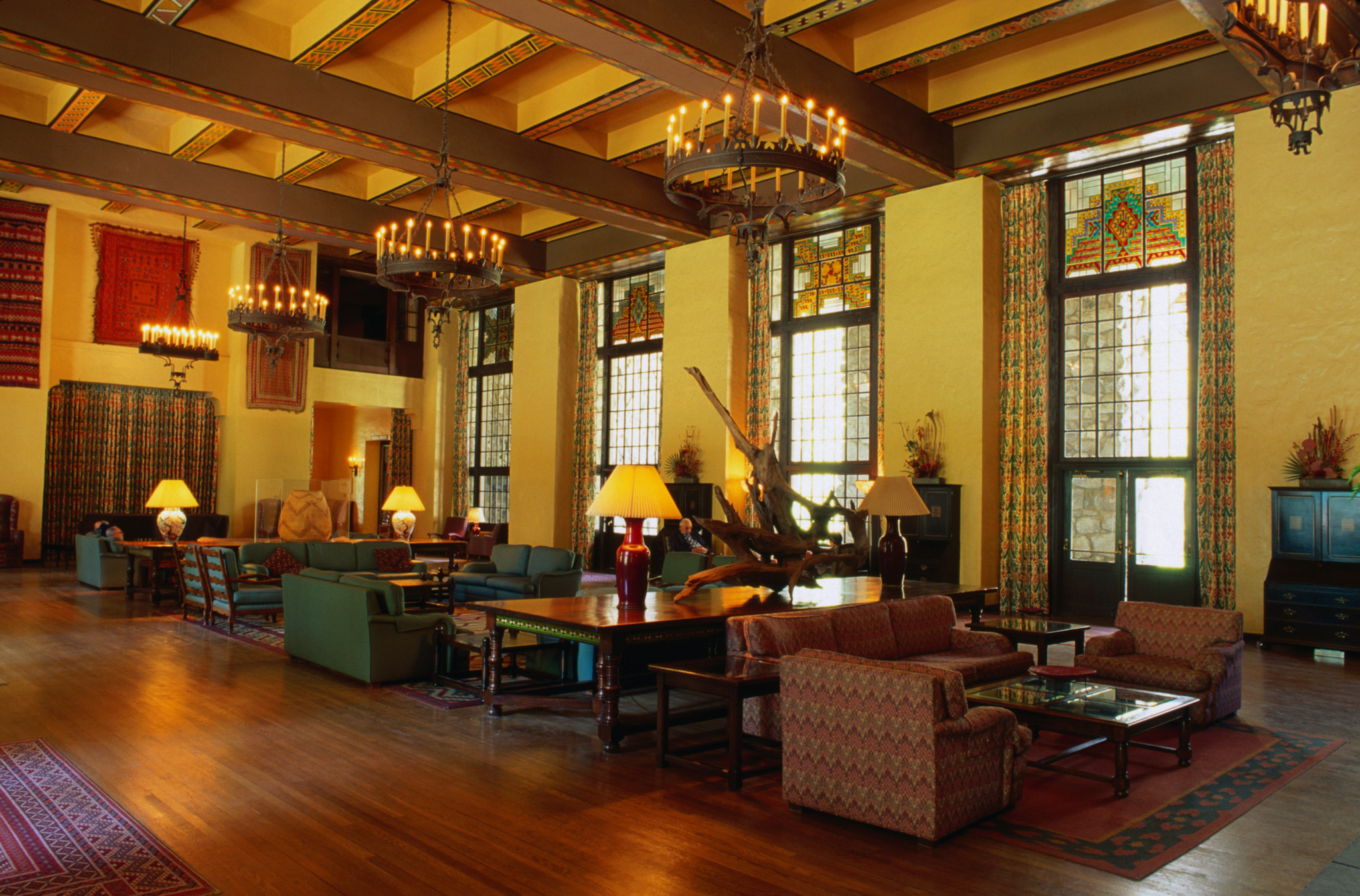
The centerpiece of the ‘engineered landscape’ is a recreational watercourse, experienced on standing paddleboards, that is linked to interpretive opportunities regarding the role of the site in harvesting and cleaning drinking water. The engineered is the active heart of the park and provides more structured outdoor activities and event spaces. The wild offers immersion into the park’s magnificent natural setting through activities like horseback riding, hiking, and exploration. The overall vision of Sasaki’s winning plan was to shape, using the natural boundary of the River, two distinct-yet complementary-sections of the Water Works Park: the wild and the engineered.

The 1,500 acre park is bisected by the Raccoon River and a 3-mile-long infiltration gallery, which is a major source of drinking water for Des Moines. The competition sought proposals to integrate the ecological and social function of a park and river into a unified landscape, to inspire the community and to generate discussion about watershed issues and best practices, and offer innovative design solutions to address ecological and recreational challenges specific to Water Works Park.

The winning team of Sasaki Associates, RDG Planning & Design and AES was confirmed on Januby the Board of Water Works Trustees of the City of Des Moines, Iowa. The international design competition entailed the creation of a conceptual plan for Water Works Park to form dynamic relationships between the river, the watershed, and the community.Ī panel of judges representing the design industry, Des Moines Water Works and the Greater Des Moines community, reviewed 44 proposals and selected 5 finalists for further review and public comment. The Parkitecture competition, held by Des Moines Water Works working in partnership with Iowa State University Department of Landscape Architecture, is aptly named for its emphasis on the fundamental role landscape architecture and design play in re-envisioning Water Works Park.


 0 kommentar(er)
0 kommentar(er)
